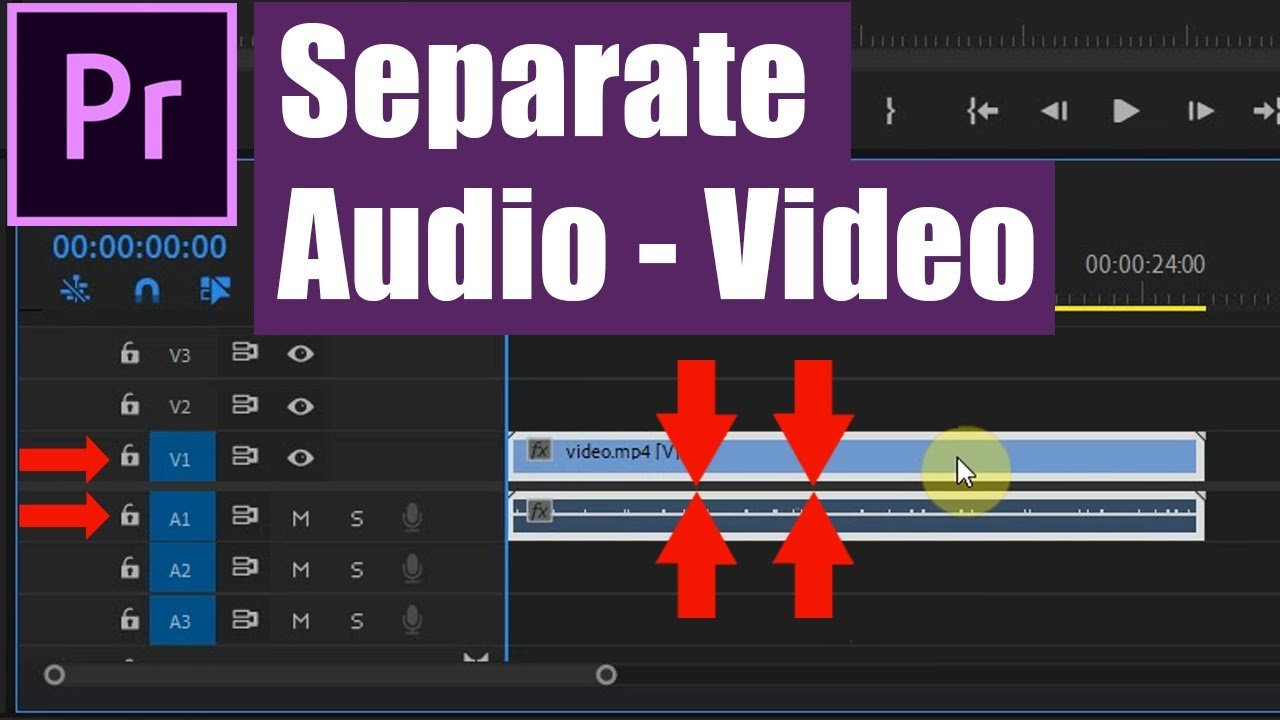How to Enable Remote Desktop in Windows 11: In today’s digital world, the ability to access your computer remotely has become increasingly important. Remote Desktop is a powerful feature that allows users to connect to and control a computer from another location.
Whether you need to work on your office computer from home or provide technical support to a friend or family member, Remote Desktop can be a handy tool. In this blog post, we will explore what Remote Desktop is and guide you on how to enable it in the latest operating system from Microsoft, Windows 11.
What is Remote Desktop?
Remote Desktop is a technology that allows you to access a computer from another device, whether it’s a laptop, tablet, or smartphone, as long as you have an internet connection. It enables you to view and control the desktop and applications of the remote computer as if you were physically sitting in front of it. This remote access capability is particularly useful for scenarios such as telecommuting, collaborative work, or troubleshooting technical issues
How to Enable Remote Desktop in Windows 11
Enabling Remote Desktop in Windows 11 is a straightforward process. Here’s a step-by-step guide to help you get started:
Step 1: Open the System Settings Click on the Start button, and in the Start menu, select the “Settings” gear icon. This will open the Windows Settings window.
Step 2: Access the System Settings In the Windows Settings window, click on the “System” option.
Step 3: Go to the Remote Desktop Settings Within the System settings, click on the “Remote Desktop” tab located in the left-hand sidebar.
Step 4: Enable Remote Desktop Toggle the “Remote Desktop” switch to the “On” position. Windows may prompt you to confirm your action. Click “Confirm” or “Yes” to proceed.
Step 5: Configure Remote Desktop Settings (Optional) If you wish to further customize your Remote Desktop settings, click on the “Advanced settings” link. Here, you can specify who can connect, enable network-level authentication for added security, and adjust other options according to your preferences.
Step 6: Connect to the Remote Desktop To connect to your Windows 11 computer remotely, you will need to know its IP address or hostname. On the remote device (e.g., another computer or a mobile device), open the Remote Desktop application or use a compatible remote desktop client. Enter the IP address or hostname of the Windows 11 computer you want to connect to and follow the prompts to establish the connection.
Importance of Suing a Remote Desktop?
the use of Remote Desktop has become increasingly important. Here are some key reasons why utilizing Remote Desktop can be beneficial:
- Flexibility and Convenience:
Remote Desktop allows you to access your computer or work resources from anywhere with an internet connection. Whether you’re traveling, working from home, or on the go, you can stay connected to your files, applications, and desktop environment. This flexibility enables you to maintain productivity and access critical information regardless of your physical location. - Telecommuting and Remote Work:
Remote Desktop has revolutionized the concept of telecommuting and remote work. It enables employees to securely connect to their office computers and work as if they were physically present in the office. This flexibility not only promotes work-life balance but also allows businesses to tap into a broader talent pool by hiring remote workers from different geographical locations. - Collaboration and Teamwork:
Remote Desktop facilitates seamless collaboration among team members who may be located in different offices or even different countries. It enables real-time sharing of documents, applications, and resources, making it easier for teams to work together on projects, conduct virtual meetings, and share ideas. This enhances productivity and streamlines workflows, especially for businesses with distributed teams. - Technical Support and Troubleshooting:
Remote Desktop is a valuable tool for IT professionals and technical support staff. It allows them to remotely access users’ computers and troubleshoot issues without the need for physical presence. This capability saves time and resources by eliminating the need for on-site visits, reducing downtime, and providing efficient support to end-users. - Enhanced Security and Data Protection:
When using Remote Desktop, data and applications remain on the remote computer or server, rather than being transferred to the local device. This helps protect sensitive information, as there is no risk of data loss or theft if the local device is lost or compromised. Additionally, modern Remote Desktop protocols utilize encryption and security features to ensure secure communication between devices, minimizing the risk of unauthorized access. - Access to Specialized Software and Resources:
Remote Desktop allows users to access specialized software and resources that may be installed on a specific computer or server. This is particularly useful in industries such as design, engineering, and scientific research, where powerful applications and tools are required. Users can remotely connect to the designated machine with the necessary software and utilize its capabilities without needing a local installation.
Conclusion
The use of Remote Desktop offers numerous advantages in terms of flexibility, productivity, collaboration, and security. It empowers individuals and businesses to work efficiently, irrespective of their physical location. Whether you’re a remote worker, an IT professional, or someone who needs to access resources from different devices, Remote Desktop is a valuable technology that simplifies connectivity, enhances collaboration, and ensures data security. Embracing Remote Desktop can open up a world of possibilities and help you stay connected and productive in today’s digital landscape.
Rate post










Add comment